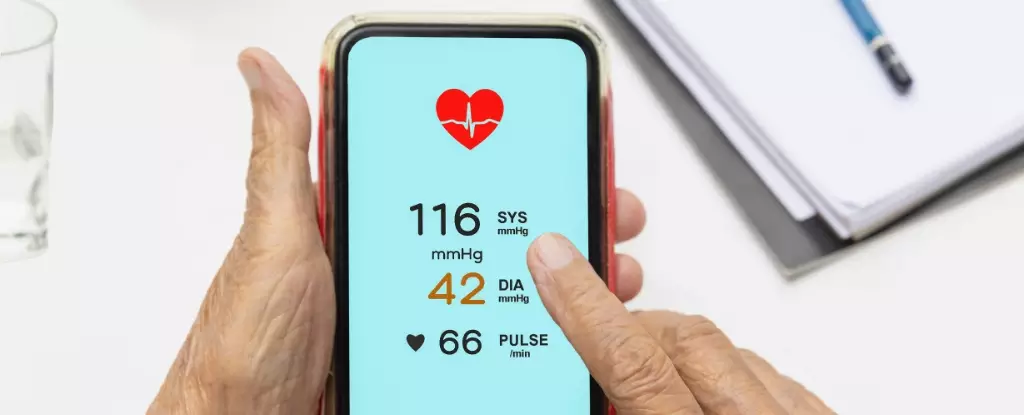In an era where technology permeates every aspect of life, the intersection between mobile devices and healthcare is becoming increasingly significant. The issue of high blood pressure, or hypertension, is of particular concern, as it affects millions globally, often unnoticed. Researchers from the University of Pittsburgh are pioneering a groundbreaking Android application designed to estimate arterial pressure remotely, potentially transforming the landscape of personal health monitoring.
Hypertension is often dubbed the “silent killer” due to its invisible nature and the severe health complications it can provoke, including heart disease and kidney failure. Alarmingly, a vast number of individuals remain unaware of their hypertonic condition, primarily due to insufficient access to medical facilities and equipment. Traditional methods for measuring blood pressure typically require bulky devices and professional guidance, which creates barriers for many, particularly in underserved communities. The innovative app emerging from Pittsburgh climate aims to close this gap. By utilizing sophisticated sensors already embedded in smartphones, it empowers users to self-monitor their blood pressure with equipment they carry daily.
The application’s design harnesses various smartphone features including the accelerometer, camera, and touch sensors. This multifaceted approach allows users to ascertain their blood pressure without specialized tools or extensive medical education. Biomedical engineer Ramakrishna Mukkamala emphasizes the app’s significance, particularly for populations lacking access to routine healthcare services. “They may not own a blood pressure cuff or visit physicians regularly, yet nearly everyone possesses a smartphone,” he asserts. Thus, enabling these individuals to take charge of their health could potentially save lives by promoting early detection and encouraging proactive management of blood pressure.
Unlike conventional blood pressure measurement techniques, which rely on a sphygmomanometer with an inflated cuff, this novel app employs gravity and user input on the smartphone’s touchscreen to deduce pulse pressure. When users adjust the position of their hands and apply specific pressure on the screen, the app captures variations in blood flow. According to Vishaal Dhamotharan, a fellow biomedical engineer at the University of Pittsburgh, this mechanism effectively translates physiological changes into usable data that reflects a person’s blood pressure in real-time.
The battery of studies conducted so far reports encouraging results, with the app demonstrating a reasonable accuracy of approximately 8 mm Hg compared to traditional methods. Although this margin requires further refinement, the researchers are optimistic about enhancing the app’s precision as development progresses.
As with any new technology, challenges loom on the horizon. One critical hurdle the research team recognizes is shifting the perception of pulse pressure as an adequate substitute for traditional blood pressure indicators. Shifting established practices takes time and comprehensive education for both patients and healthcare providers. Acknowledging this issue, Sanjeev Shroff, another biomedical engineer involved in the project, asserts that the aspiration for a cuffless, fully self-sufficient blood pressure measurement device represents a paradigm shift in personal health monitoring.
Such advancements not only leverage existing technological capabilities but also democratize health monitoring by making it accessible to everyone, regardless of socioeconomic barriers.
While the roadmap ahead may be studded with challenges, the implications of this innovative application for blood pressure monitoring are profound. As researchers continue to fine-tune the app and promote its utility, individuals may soon find themselves able to attend to vital health metrics straight from the palm of their hands. The evolution of healthcare technology, particularly in personal monitoring, provides a beacon of hope for enhanced health outcomes in populations that have historically felt isolated from adequate medical support. Indeed, the journey toward democratizing health through technology has only just begun.


Leave a Reply